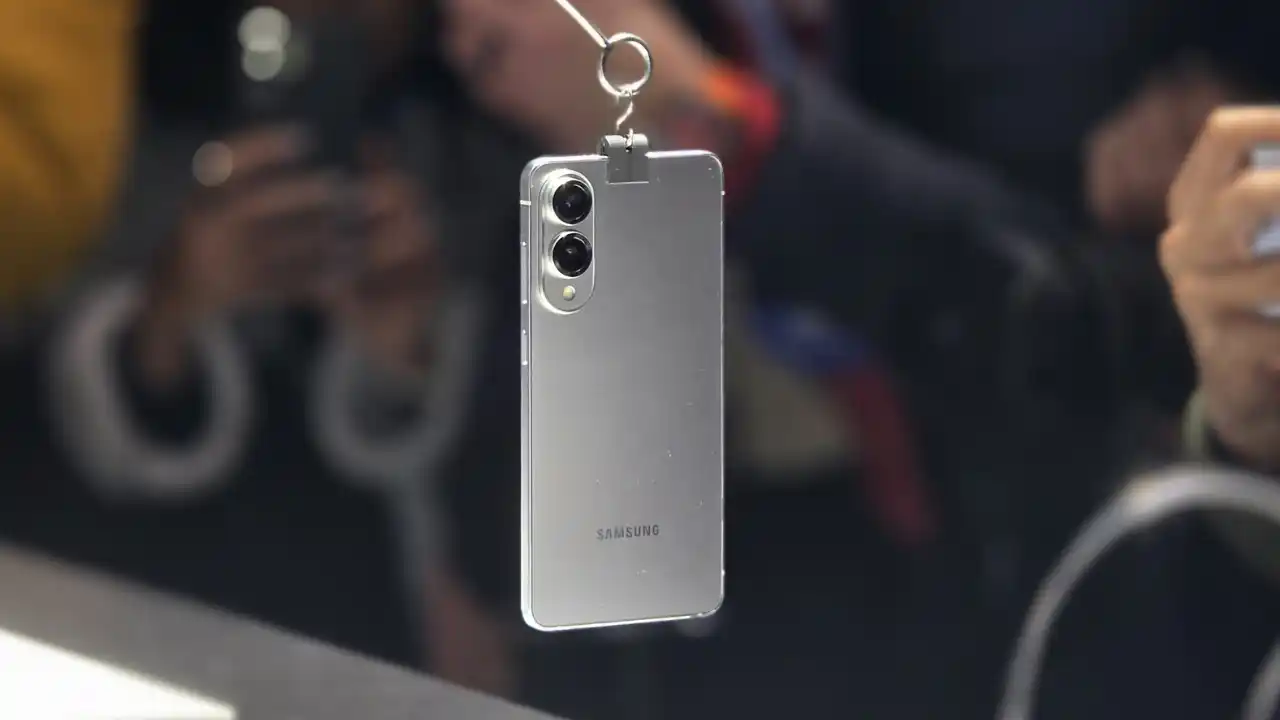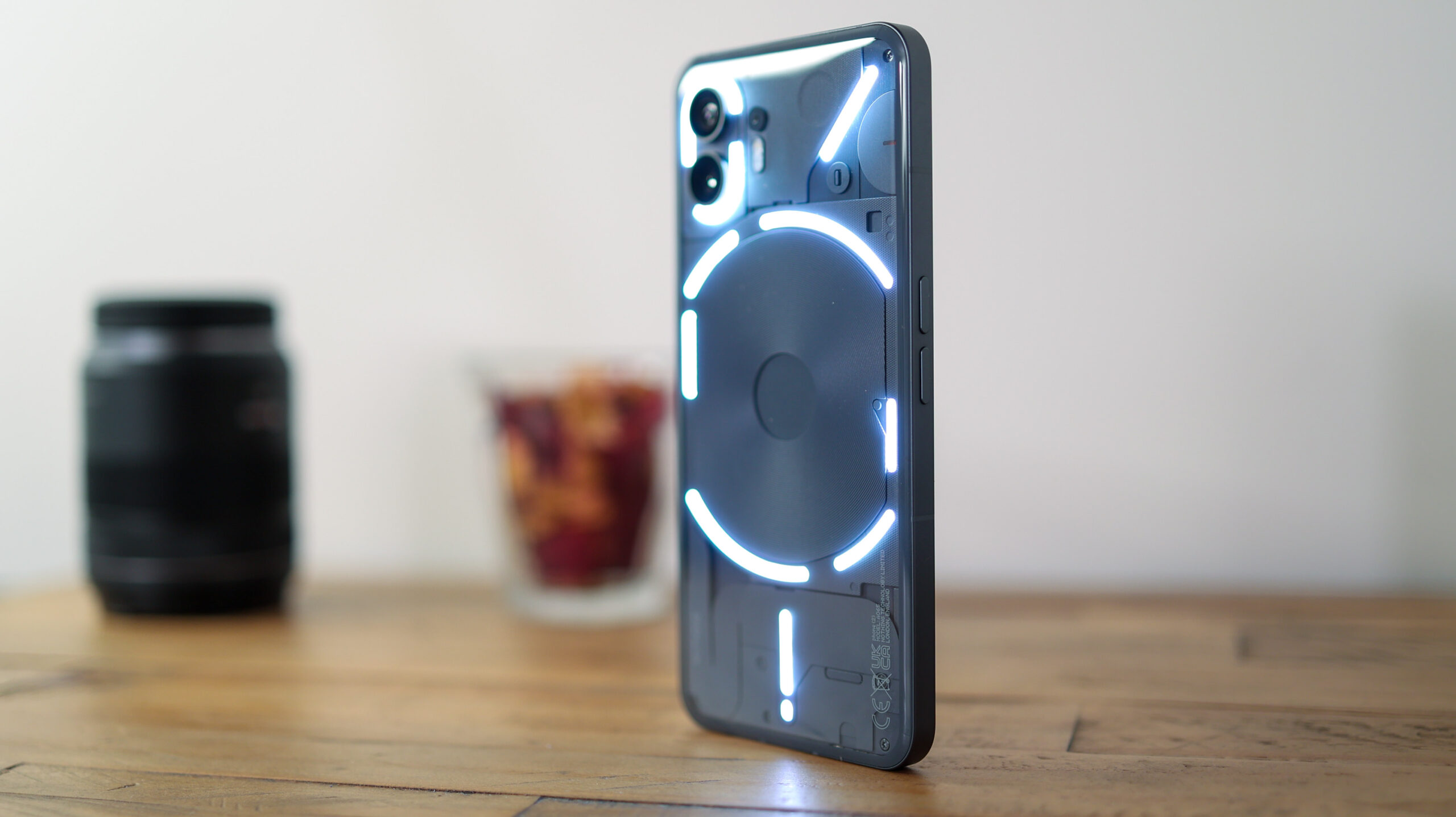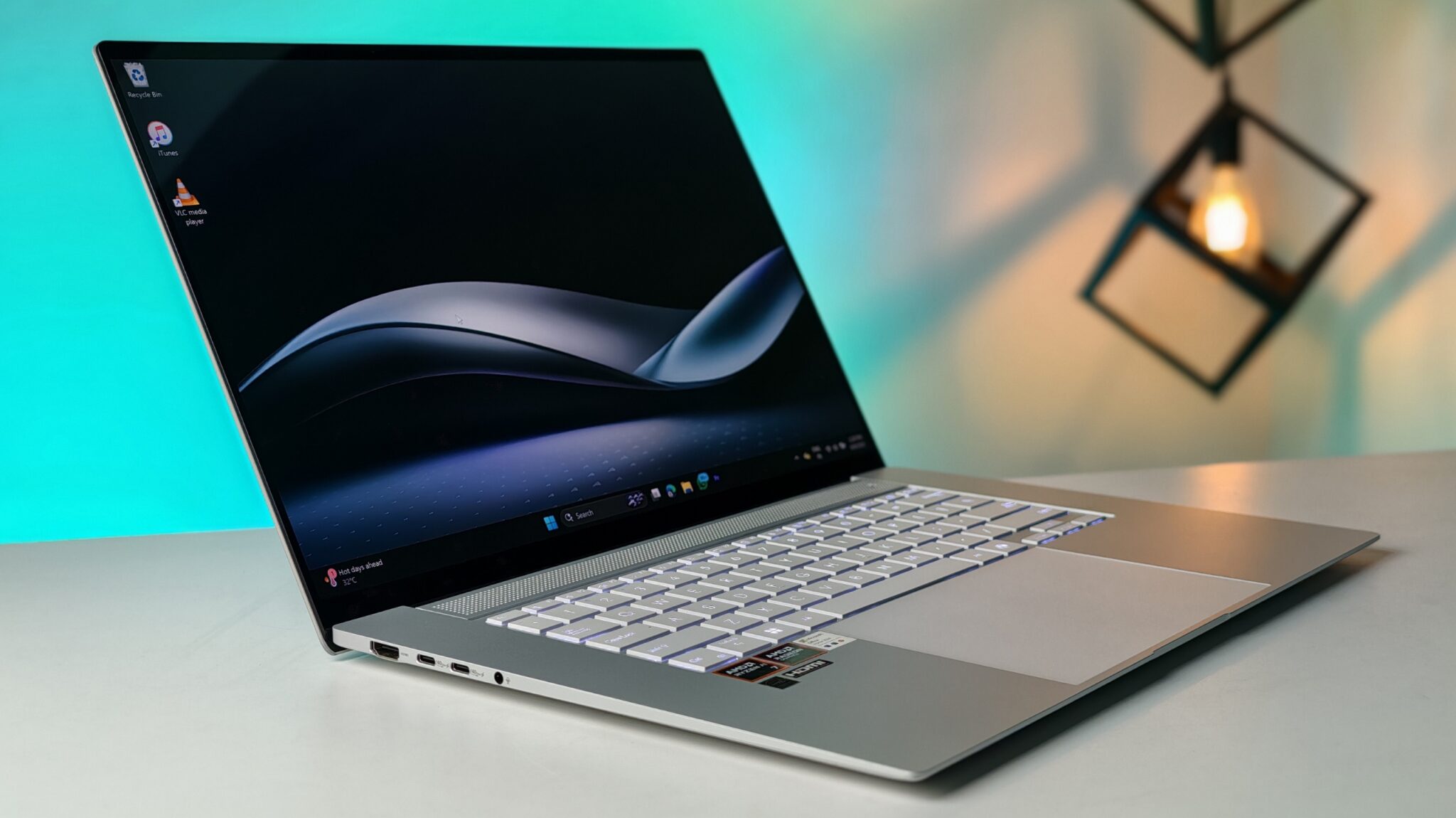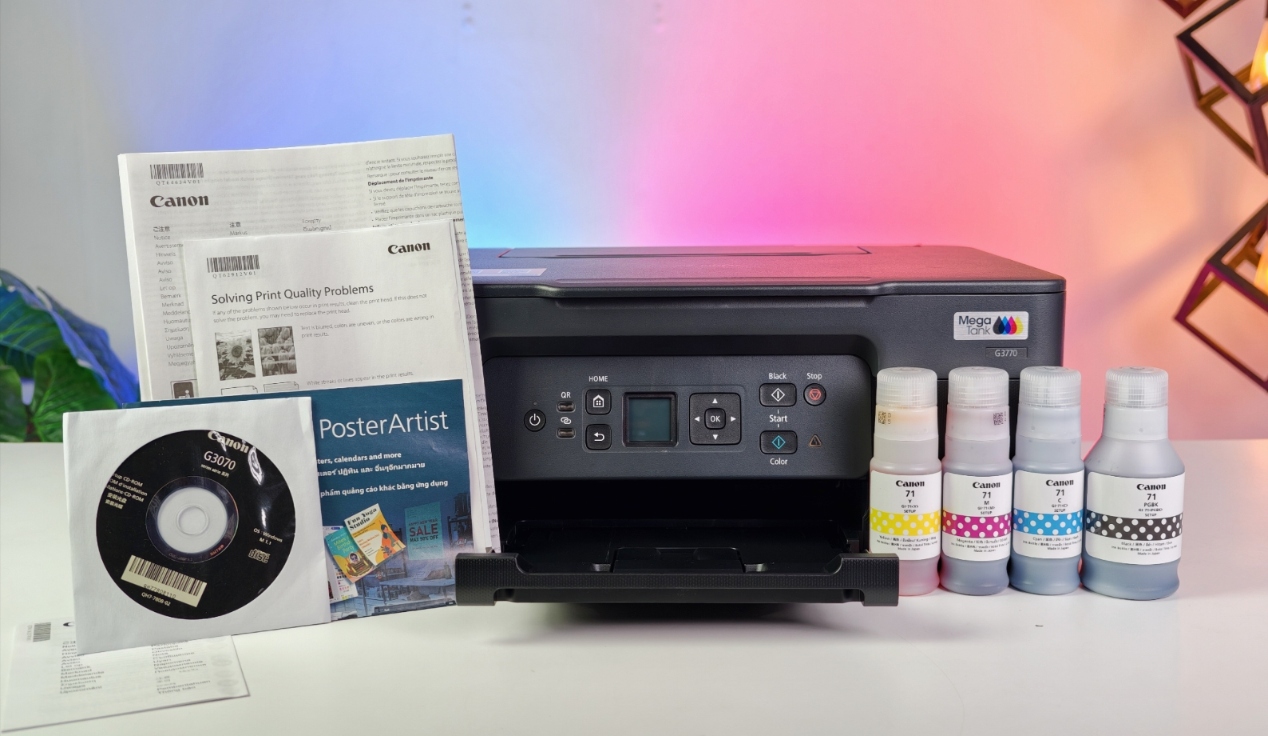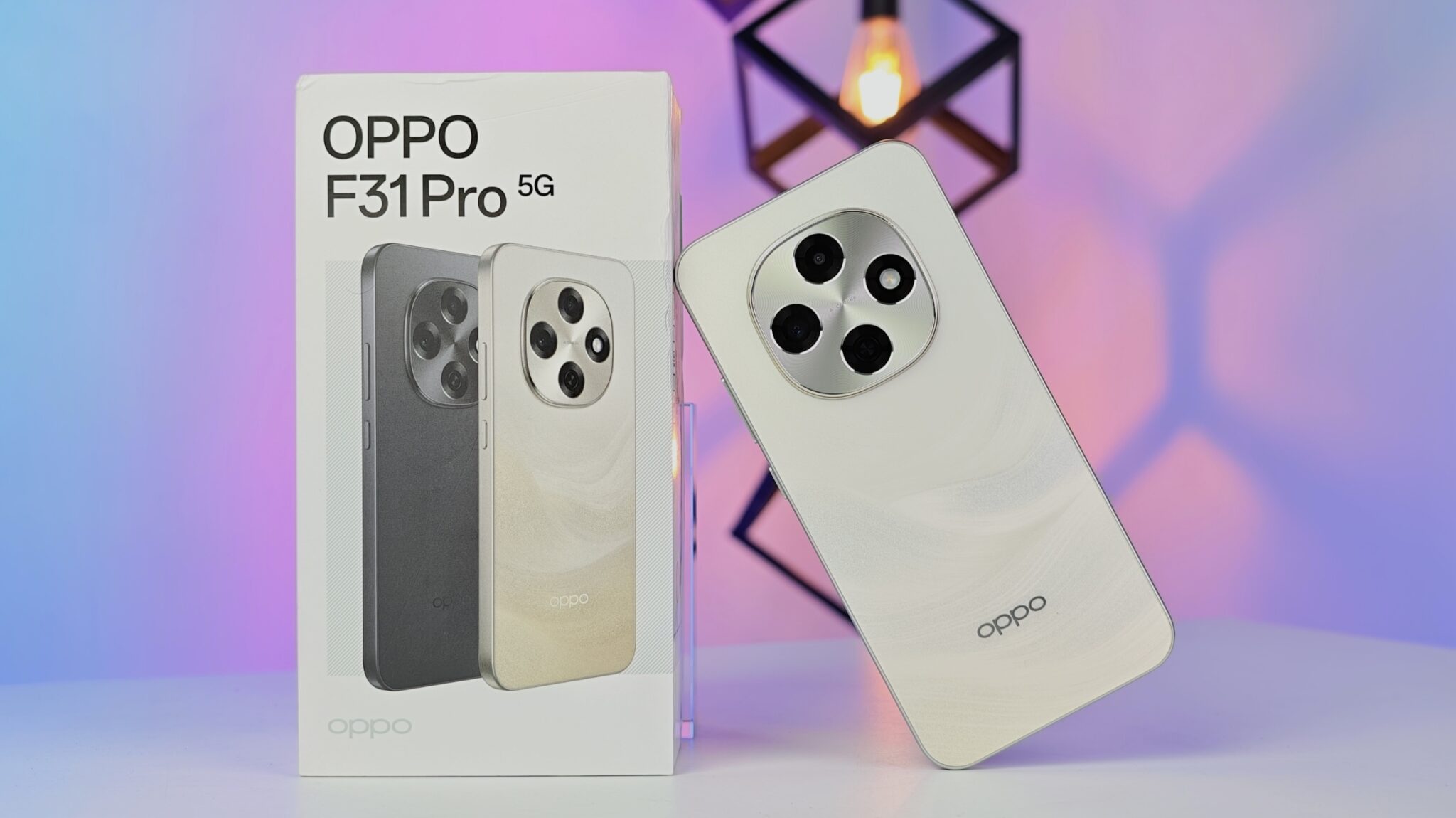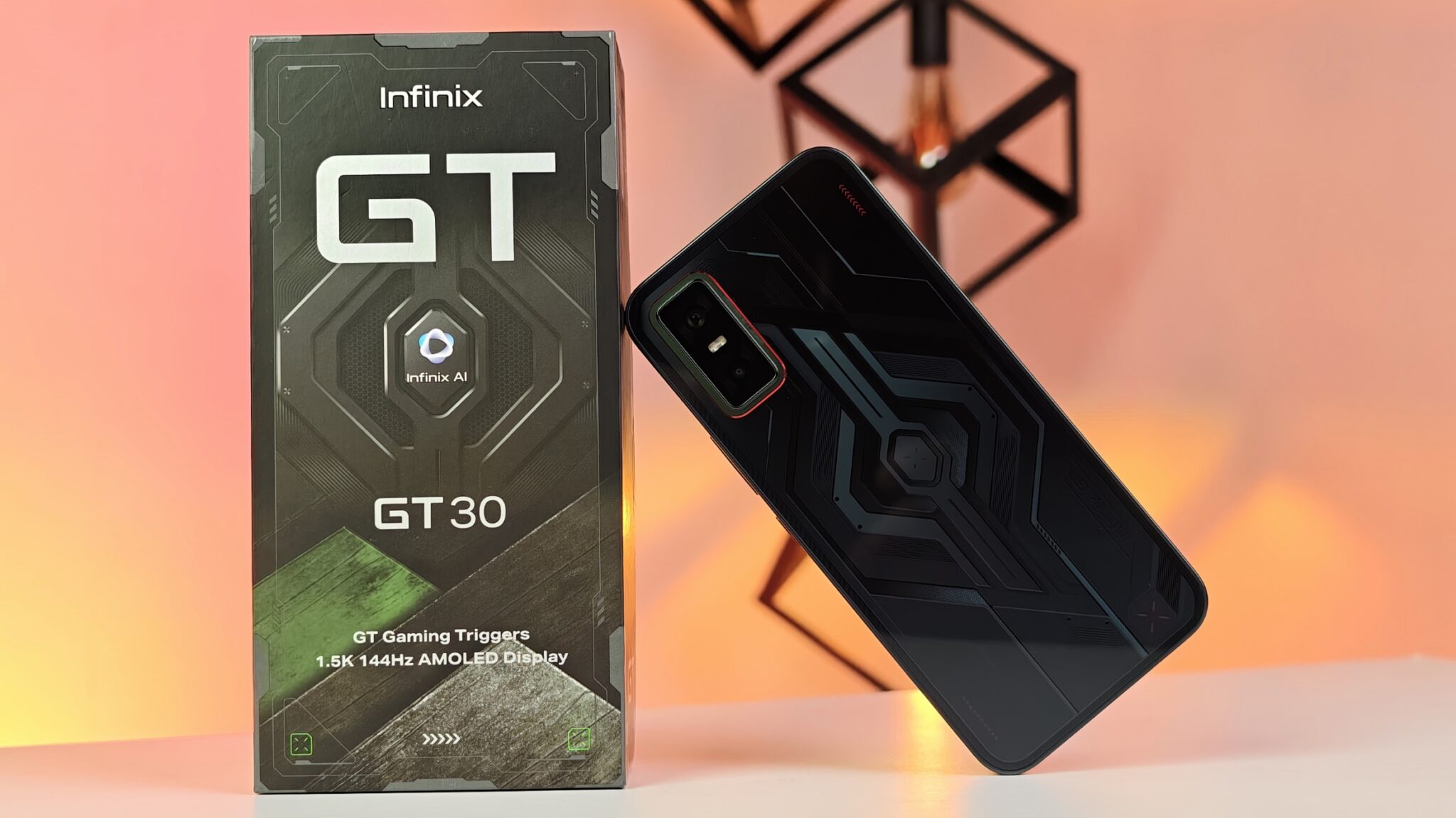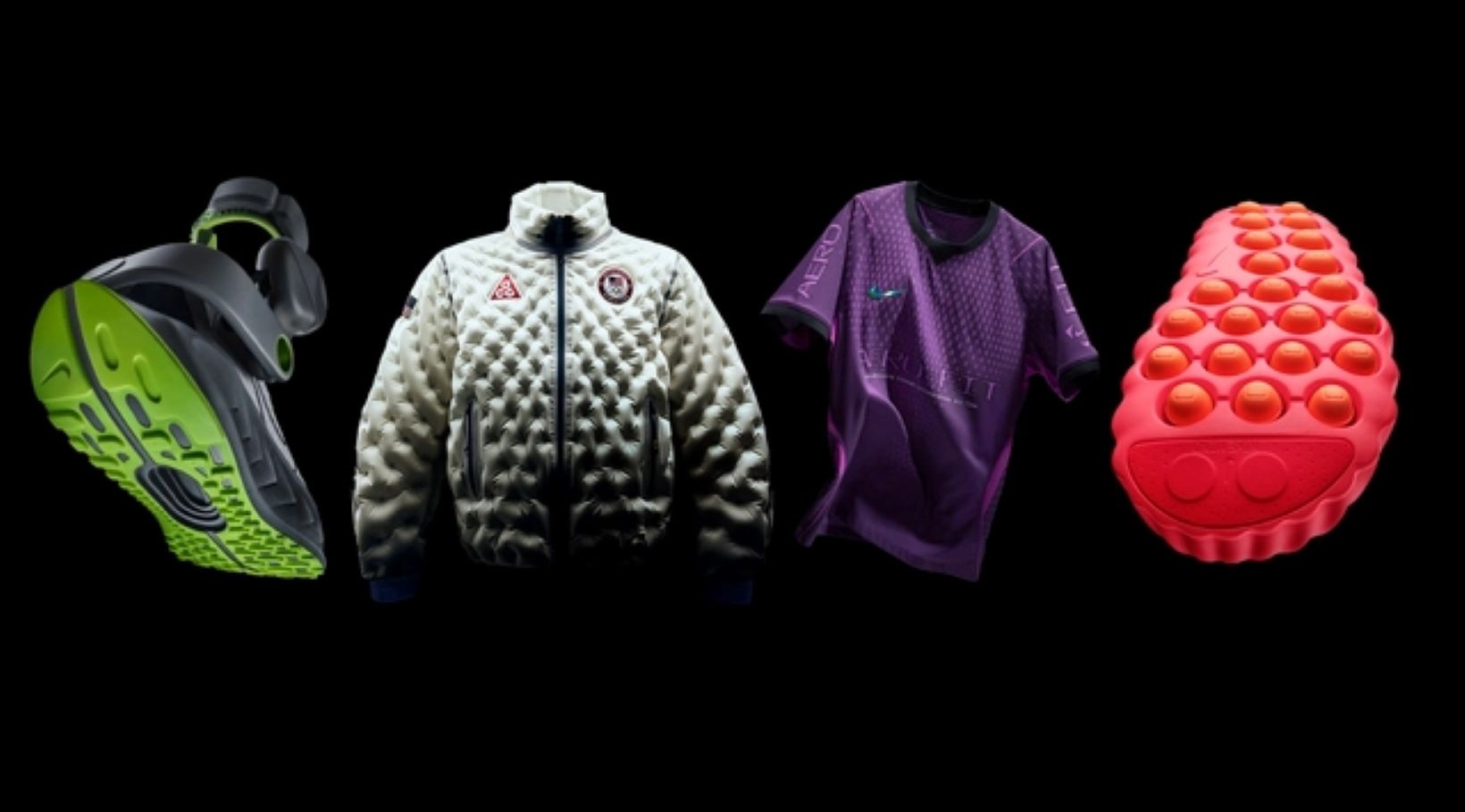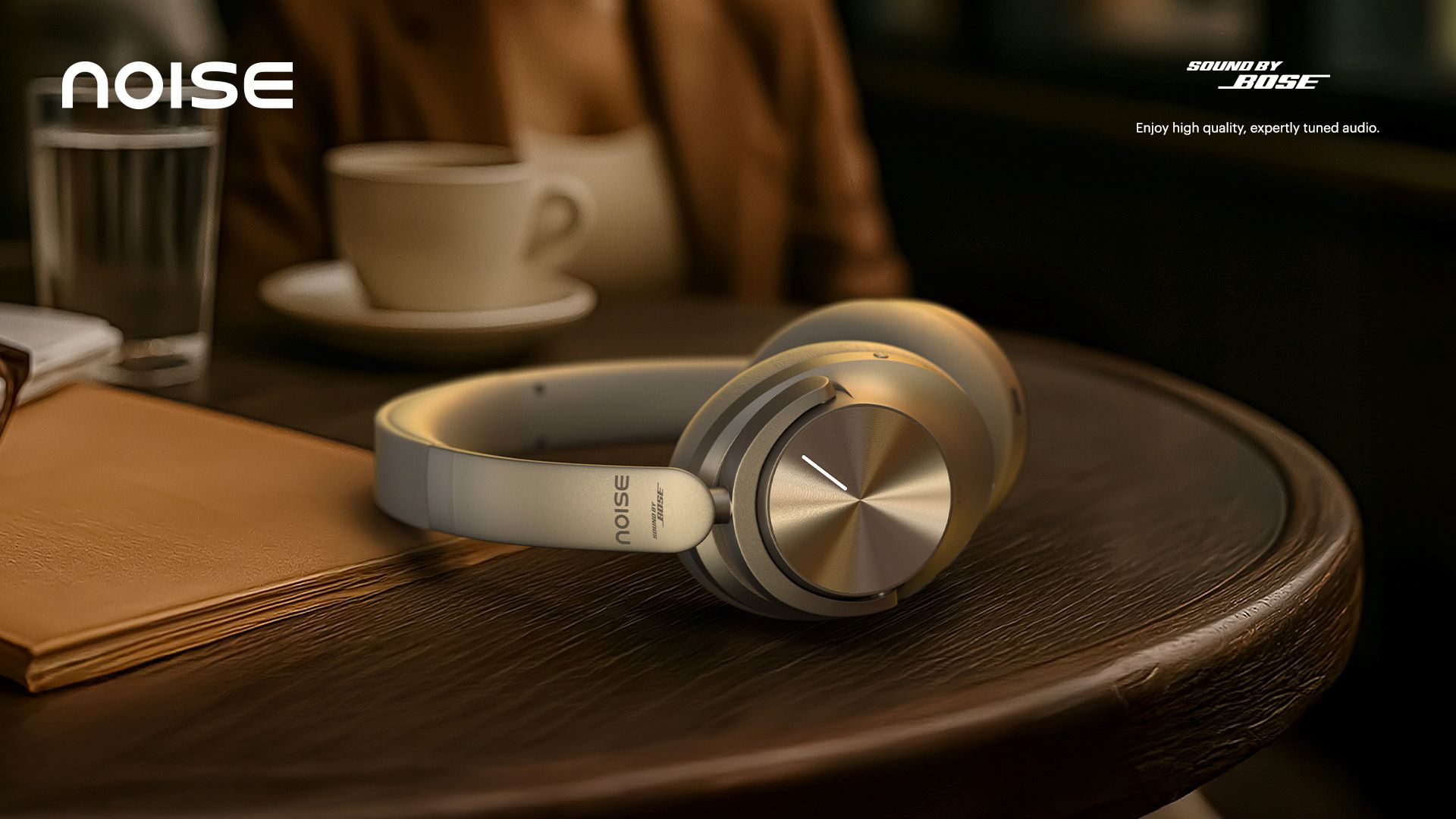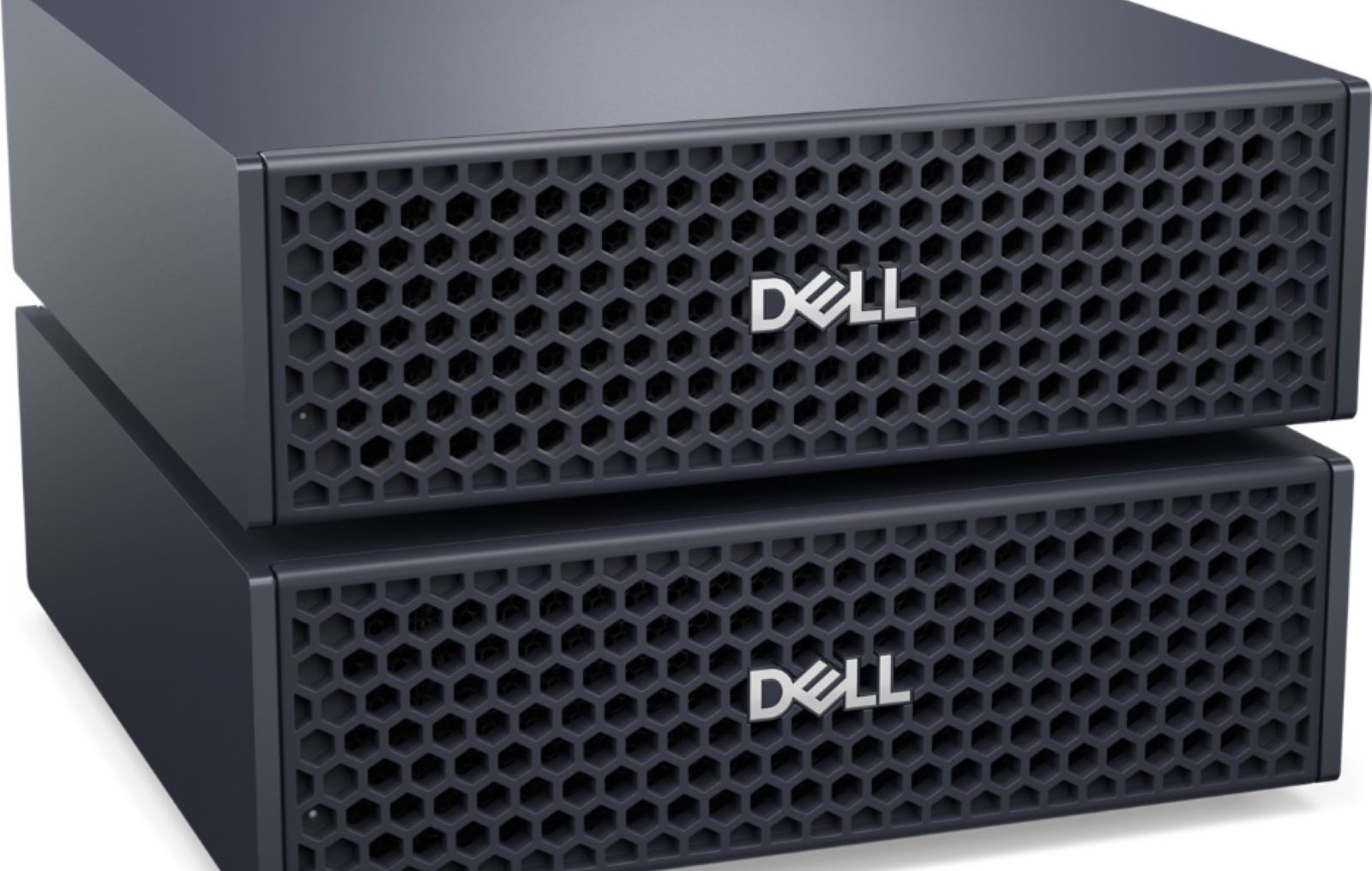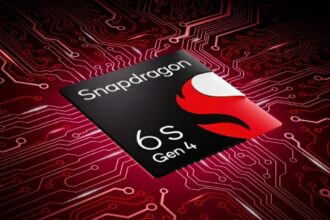Samsung’s recent launch of the Galaxy S25 Edge has stirred up plenty of conversations. Positioned as a flagship device with a sleek, ultra-slim design, the S25 Edge is equipped with a 3900mAh battery and a camera system that, while impressive, doesn’t feature a dedicated telephoto lens. These specifications have led many to question whether Samsung made some compromises, especially in a tech world where bigger is often perceived as better. But Samsung is standing firm, defending its design choices as intentional and integral to the phone’s overall user experience.
The Battery Question: Optimizing for “All-Day” Use
One of the most debated features of the S25 Edge is its 3900mAh battery, particularly when compared to other flagships or even the base Galaxy S25, which comes with a larger 4700mAh cell. On paper, it seems like the smaller battery is a trade-off for the device’s incredibly slim 5.8mm profile and lightweight 163-gram build. In fact, the S25 Edge is the slimmest and lightest Galaxy S series phone to date (excluding foldable models when unfolded).
Gaiser tackled this head-on, assuring that despite the smaller battery, the S25 Edge is still optimized for “all-day” use for the average consumer. He compared its performance to the Galaxy S24 base model and even claimed it’s very close to the S25 base model in terms of battery life. “Enough battery life for most customers is just an all-day usage,” he explained. “What we’ve seen with this device is that it has worked as well or better than the S24 base model and very close to the S25 base model.” Gaiser went on to say that personally, he hasn’t had any issues with the battery life.
The key to this performance, according to Samsung, is software optimization paired with the efficiency of the Snapdragon 8 Elite for Galaxy chipset, clocked at 4.47GHz. While Samsung has hinted at exploring silicon-carbon batteries for future devices, Gaiser emphasized that the current lithium-ion setup was the best fit for the S25 Edge’s design.
Camera Capabilities: Focusing on Core User Needs
Another area that has raised eyebrows is the camera setup. While the Galaxy S25 Edge boasts a powerful 200MP primary sensor with Optical Image Stabilization (OIS) and a 12MP ultrawide lens, it doesn’t include a dedicated telephoto lens—a feature commonly found on premium smartphones. Though the 200MP sensor supports 2x optical zoom and can zoom digitally up to 10x, some users may find the lack of a telephoto lens disappointing.
Gaiser, however, downplayed the need for a telephoto lens, noting that Samsung’s research shows most users prefer ultrawide shots. He pointed out that, while “100X Space Zoom” sounds impressive, it’s rarely used on a regular basis. Instead, Samsung is banking on the high-resolution primary sensor and its AI-powered ProVisual Engine to deliver clear and detailed images even during digital zoom. In other words, the S25 Edge’s camera system is designed to give the average user a solid, practical experience, without the extra bulk and cost of a telephoto lens.
The S25 Edge’s camera system also supports 8K video recording at 30fps, 4K at 60/120fps, and includes features like Astro Mode and an AI Object-Aware Engine. This focus on high-quality core features and AI enhancements aligns with Samsung’s strategy to deliver a sleek yet powerful device.
The Design Philosophy: A Balancing Act
At the heart of Samsung’s defense for the Galaxy S25 Edge is its design philosophy. The phone is a conscious effort to offer a premium flagship experience in a remarkably thin and light package. At just 5.8mm thin and 163 grams, it stands out in a market where many smartphones seem to be getting thicker and heavier with each iteration.
The S25 Edge doesn’t skimp on performance, though. It features a 6.7-inch Quad HD+ AMOLED display with an adaptive 1Hz–120Hz refresh rate, a 3nm Snapdragon 8 Elite for Galaxy chipset, 12GB of RAM, and UFS 4.0 storage. Samsung has also committed to providing seven years of Android updates and security patches, making the phone a future-proof choice for many users.
While Samsung’s defense is clear, early reports indicate that the Galaxy S25 Edge may not be performing as well in sales as initially expected. In India, for instance, the starting price of Rs 1,09,999 has raised some eyebrows, with some experts suggesting the price is steep considering the feature set compared to the standard Galaxy S25. However, Samsung stands by its decision, arguing that the S25 Edge’s design is a strategic choice that prioritizes a certain user experience over raw specs.
So, is the Galaxy S25 Edge’s battery and camera compromise truly a smart bet? For those seeking a lightweight, slim phone with a premium experience, Samsung’s choices may well hit the mark. The combination of solid performance, a high-quality display, and an AI-driven camera system certainly has its appeal. Whether or not it resonates with a wider audience, especially those who prioritize bigger batteries or more zoom capabilities, remains to be seen. What’s clear is that Samsung is making a bold statement with the S25 Edge, betting that the sleek design and thoughtful compromises will win over a specific group of consumers.


